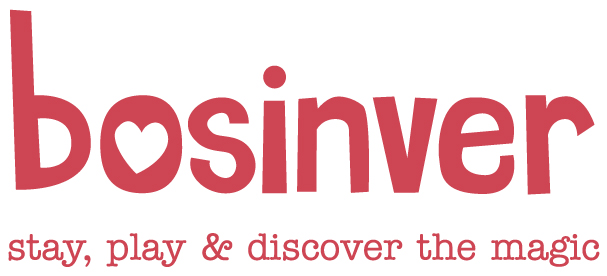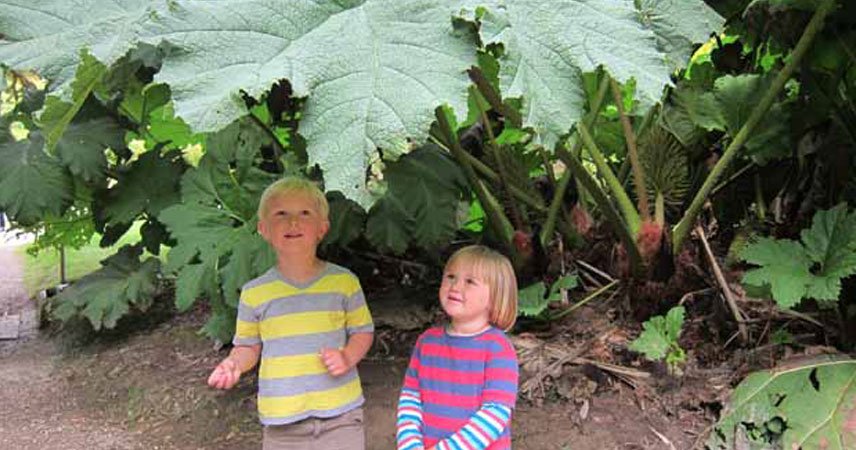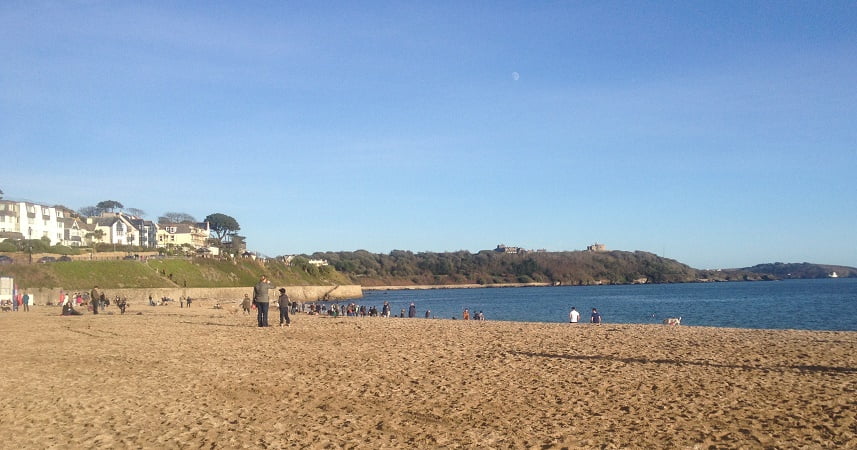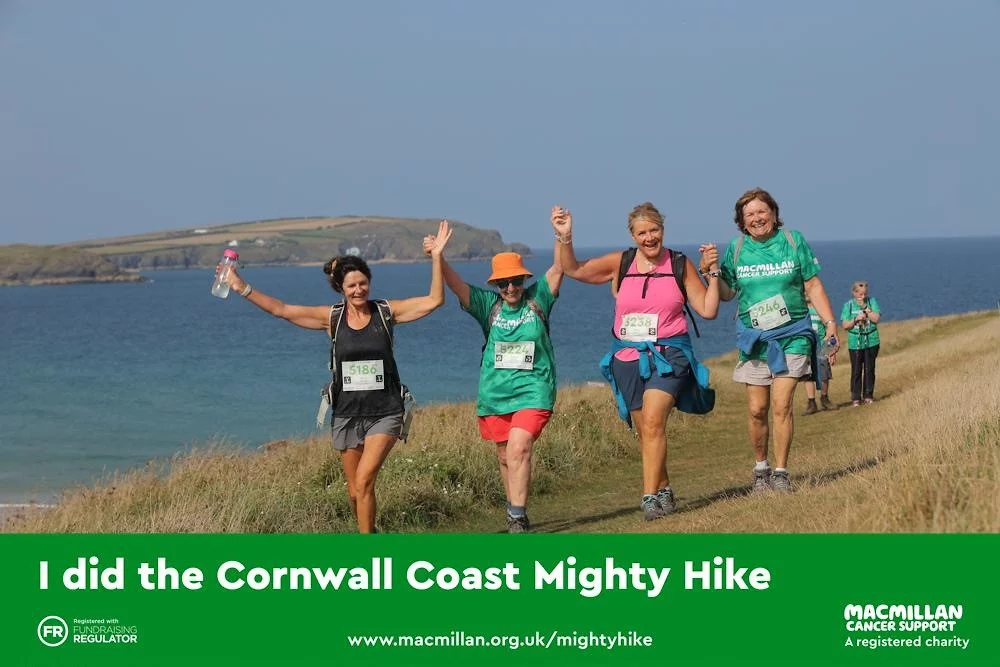I have long been fascinated by the history of mining in Cornwall. The remnants of what was once a major industry here shape the skyline. Today I took Wilf and Megan to the only working tin producer in the county, Blue Hills in St Agnes to discover what they do there.

We parked at the main car park in St Agnes village, walked down by the side of the church and headed along the road towards Perranporth for about half a mile. Just before Barkla Shop, turn left to follow a footpath marked Trevellas Coombe. You are now entering the Jericho Valley, an area covered in old mine workings and rocky spoil heaps. It is a pretty wooded path now, covered with wild flowers, but in the mid 1800s it would have been dirty, dusty and noisy with the stamps from the many mines on the Wheal Kitty complex banging and crushing the ore.
At the bottom of the valley, you’ll find the entrance to Blue Hills tin mine. This was the start of a a journey of discovery for the three of us.
Cornish mining dates back to prehistoric times. Metal traders from the Mediterranean visited as long ago as 2000 BC, referring to Britain as the ‘Cassiterides’ (‘tin islands’). Most of Britain’s tin, arsenic and copper were produced in Cornwall and West Devon.
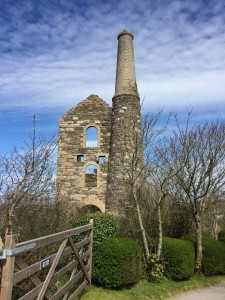
The earliest tin workers extracted tin from the sand and gravel on beaches and on the beds of streams. Later they extended this underground, and by the sixteenth century they were tunnelling into hillsides and cliffs, wherever the rich veins of tin ore were visible.
Blue Hills is one of a handful of the old mines that worked here until 1780, before the depth of the shafts exceeded the pumping facilities available at the time. The harnessing of steam power brought a new range to the pumps’ capabilities, and the mines reopened in 1810. By 1897, however, Australia and Malaya were dominating the market in tin and, unable to compete, the Blue Hills mines closed, with the loss of 100 jobs.
The small tin processing plant still working today at Blue Hills is Cornwall’s last tin stream works and produces tin which has been gathered along the coastline, mined by the sea and washed by the waves.
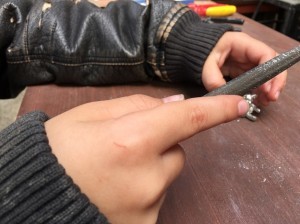
Here you can see rock being crushed to a coarse sand by stamps shod with iron, powered by a water wheel, and then finely ground in a ball mill. After this the tin powder is washed and separated on a shaking table, and the concentrated ore produced by this is smelted in a furnace running at very high temperatures. This produces the brilliant white metal which is then cast into ingots or turned into the jewellery, tableware and other gifts available for sale in the mine.
Mark Wills and his mother run this working attraction and they were marvellous hosts, willing to answer my endless questions and take time to explain and show the children how they made the gifts for sale in the shop. Wilfred had a go at ‘fettling’ his own tin teddy bear, which needless to say has accompanied him home.
The whole place is rich in history and all the processes simply explained. At last I felt I knew what the miners were looking for in the tin bearing lodes deep underground and the incredible skills they had to remove it and process it. I discovered the work of the bal maidens, women who toiled above ground breaking the rocks to expose the rich ore and casting aside the waste, which now litters the hillsides all around and at last, exactly what purpose the mine chimneys and engine houses served.

Sadly, the rich tin lodes have now been worked out and all that is left is very deep underground and not commercially viable. The tin Mark produces hardly covers its costs and imports from China are cheaper – a familiar story!
I wholeheartedly recommend this place. We all enjoyed it and learnt a lot about our local history in a fun way.
The mine is open from Tuesday to Saturday between April and October, from 10 am until 2 pm. If you don’t want to walk to Blue Hills, drive out of St Agnes towards Perranporth and you will soon see a sign to it on the left, where you can drive down to the bottom of the road to their car park.
When you’ve finished your tour, the beach at Trevellas Porth is just in front of you. It’s great for a picnic but not for swimming as there are dangerous currents here. You can then walk up along the cliff path to Trevaunace Cove where there is a great pub called Driftwood Spars and a coffee shop on the beach. When you’re ready, you can follow the road back to the village to return to the car park. The whole walk is about four miles and is ideal for families with older children and adults.
Cornish Mining World Heritage Site ‘Tinth’ anniversary events
2016 is the 10th anniversary of the establishment of the Cornish Mining World Heritage Site.
This summer, a series of special celebratory events will take place across Cornwall. One of the highlights of the Tinth anniversary programme is the Man-Engine, the largest puppet ever made in the UK. This 10-metre high steam-powered giant will travel across the Cornish mining landscape from 25 July – 6 August, stopping off at several different places along the way. Catch him if you can!
For more information and a full programme of all the Tinth anniversary events, visit the Cornish Mining World Heritage website.
